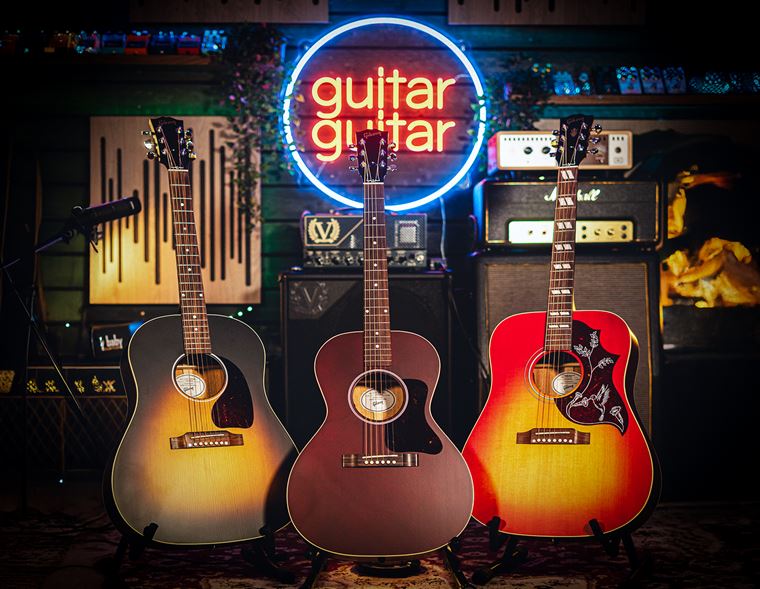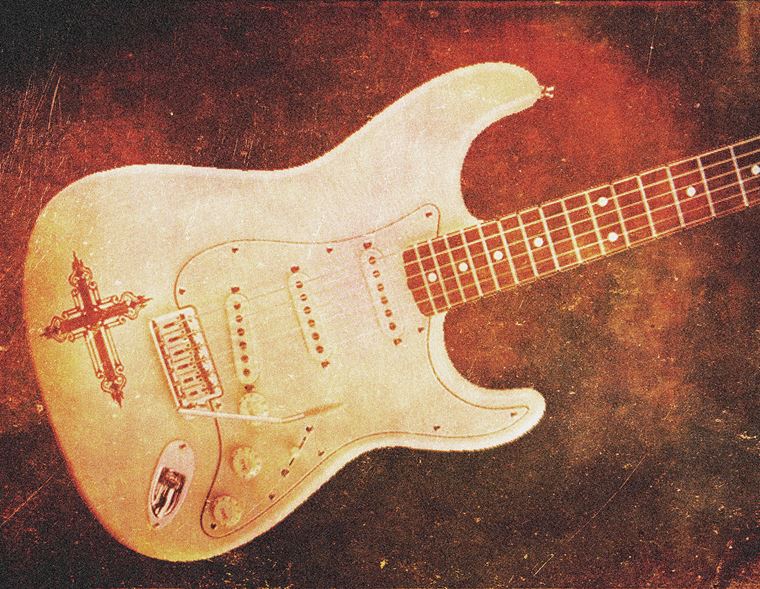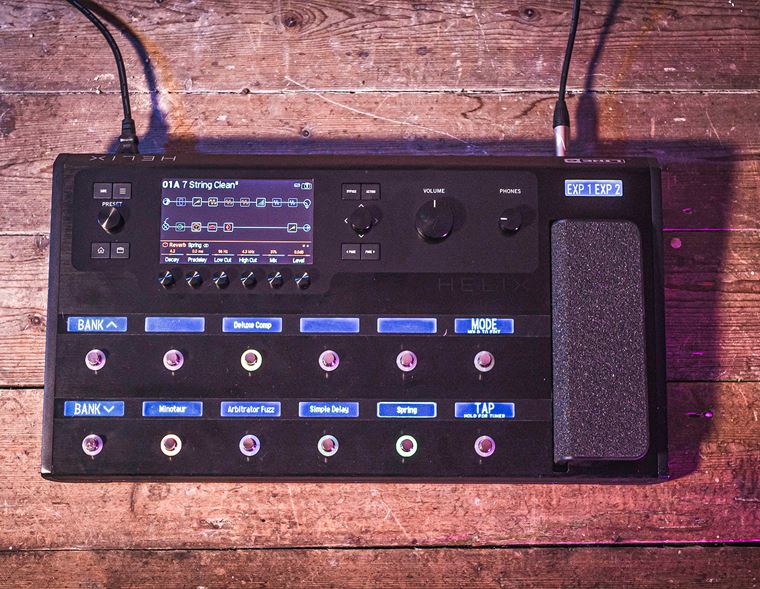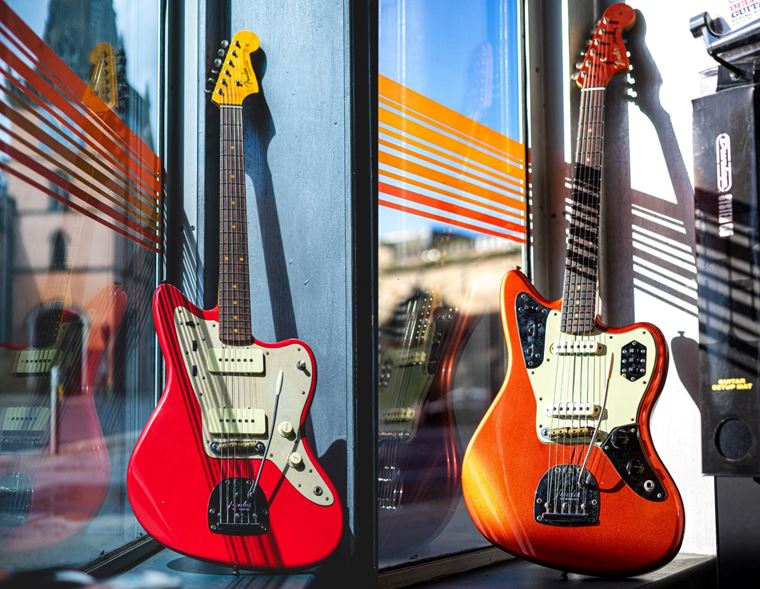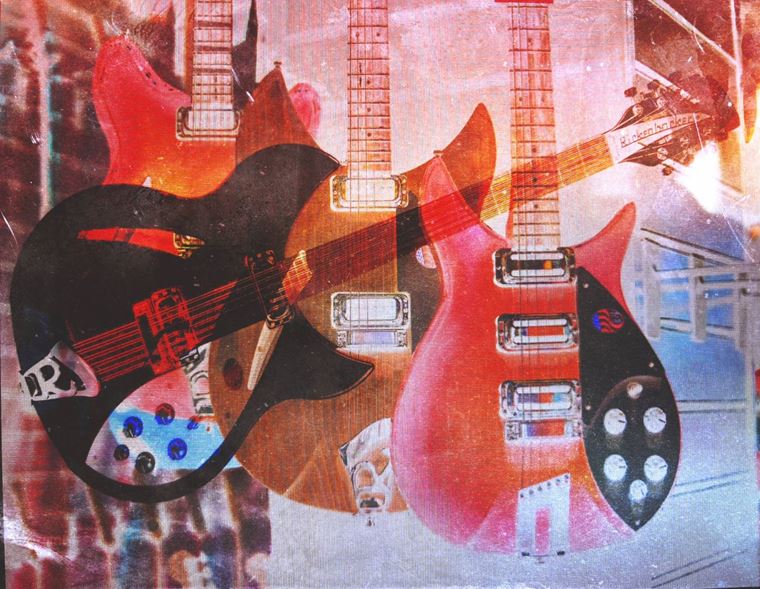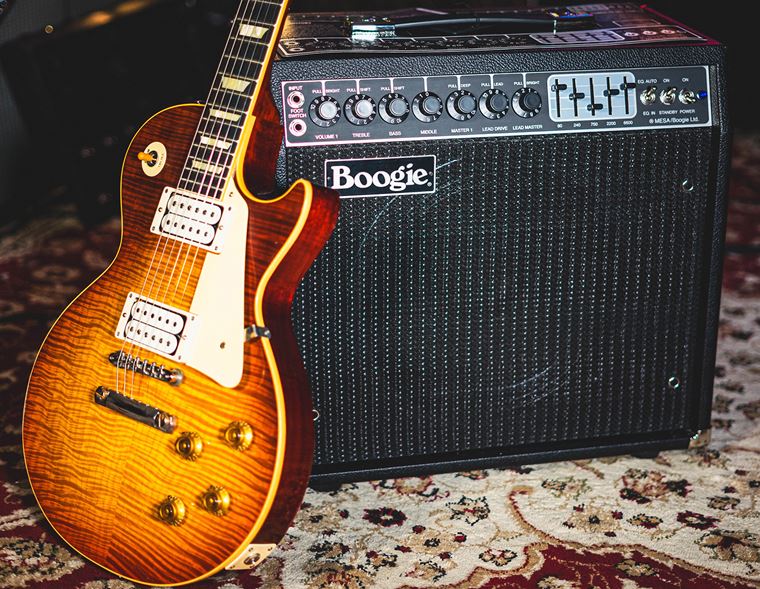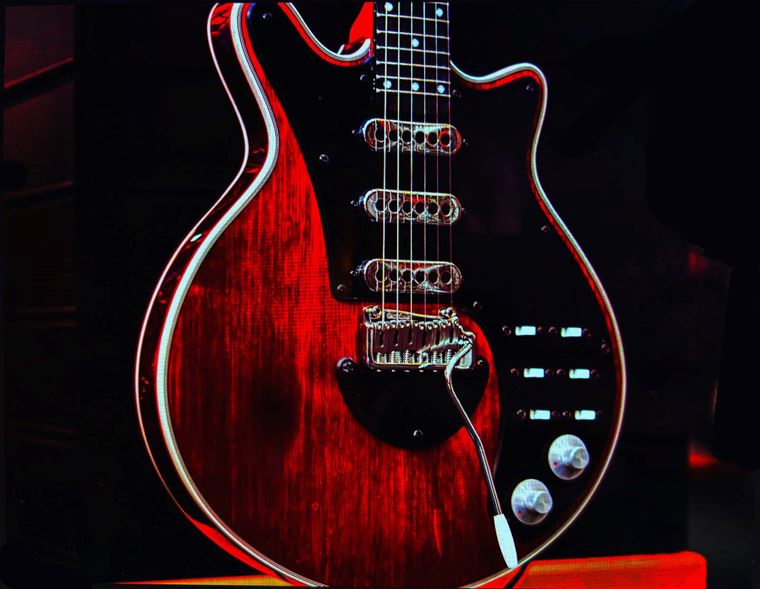Best Budget Electric Guitars: The New Affordable (Updated for January 2025)
Published on 13 November 2024
What is an affordable guitar today?
Our latest Epiphone shipment arrived recently and, as is now becoming the norm for the brand, the contents have really impressed us. Epiphone have always been a great choice for the up-and-coming guitarist and for the player on a budget, but these new models - and in fact all Epiphone for the past two or three years - have gone above and beyond in terms of what they promise. We can’t think of a situation or context that would find them lacking, and that got us thinking.
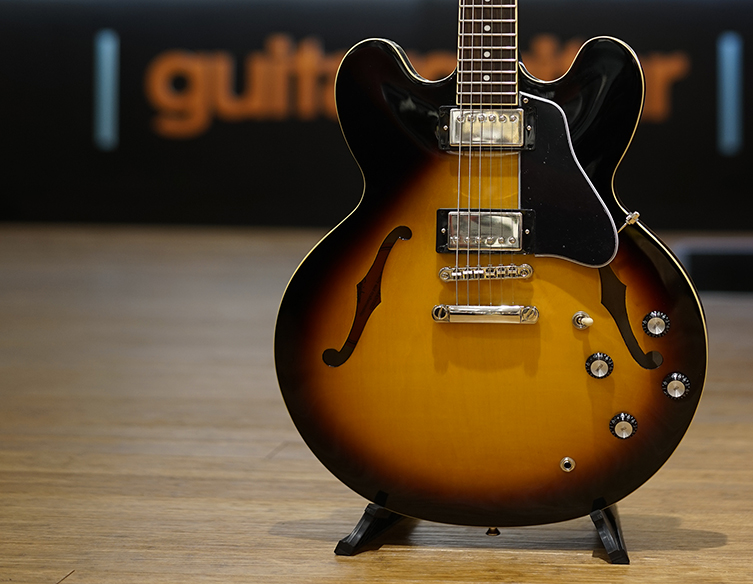
Affordable guitars today are a million miles away from comparatively priced instruments from yesteryear. Whilst there are still very much wide distinctions in price, quality, finishing and features, those gaps are nothing like as far apart as they once were. The rise in quality craftsmanship from China, Indonesia and South Korea has meant that there is no such thing as a ‘bad’ new electric guitar any more. Not only that, the £300-600 affordable price point is bristling with guitars that can easily stand in for professional use. The ‘New Affordable’, as we’re calling them, are excellent budget electric guitars from the lower end of many famous manufacturers’ catalogues, or top models from supposedly budget brands like Squier.
This blog today aims to highlight some of these guitars, with perhaps a little bit of an emphasis on Epiphone, given that they were the motivating factor in our whole idea! We’ll try to cover a selection of styles, since the New Affordable tag can be applied to retro semi-acoustics as easily as it can to Floyd Rose-equipped rock machines. Here are our favourites!
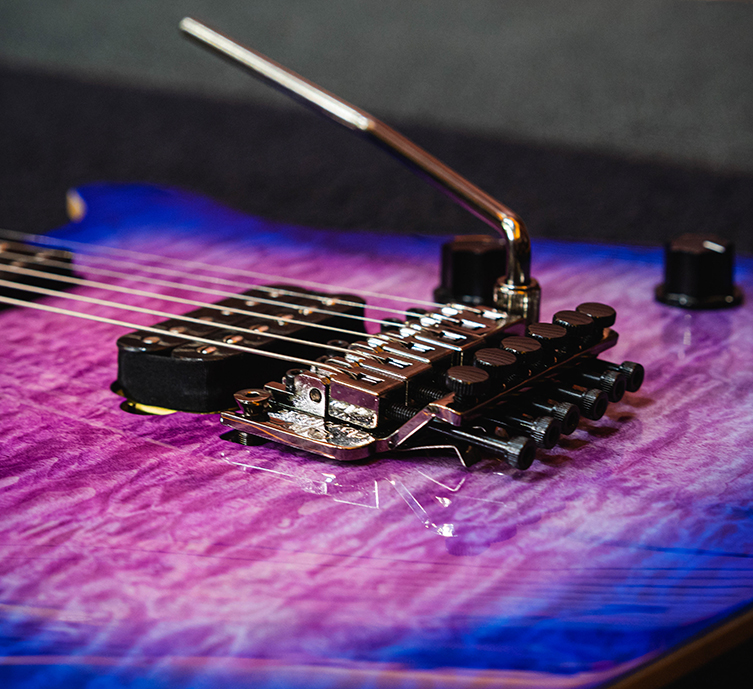
Epiphone Les Paul Standard
Epiphone’s take on the Les Paul has always been a win for those seeking those immortal singlecut looks and thick sounds at a most affordable cost. Things got even better recently when Epiphone relaunched their whole range to align more closely with Gibson’s offerings. Thus, the Les Paul Standard is now available in both 50s and 60s iterations, with their own finishes and features.
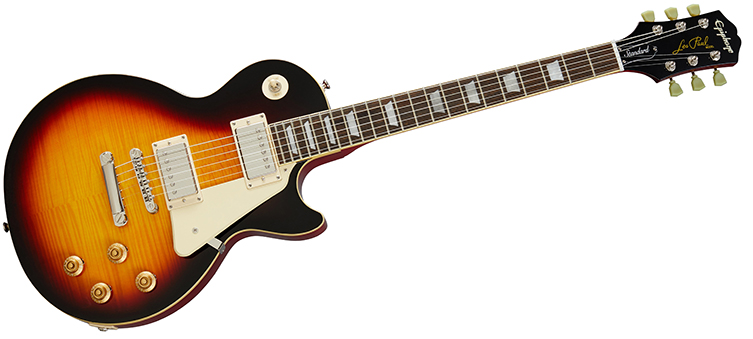
Both styles sport excellent ProBucker pickups for PAF-like tones, and each has its own neck profile. We’ve chosen the beefier 50s variant for inclusion here - shown in Vintage Sunburst - but the slimmer 60s neck is just as nice, as are the choice of finishes. These are serious guitars, with Grover tuners, a great feel and all of the fat mahogany Les Paul tone you can handle!
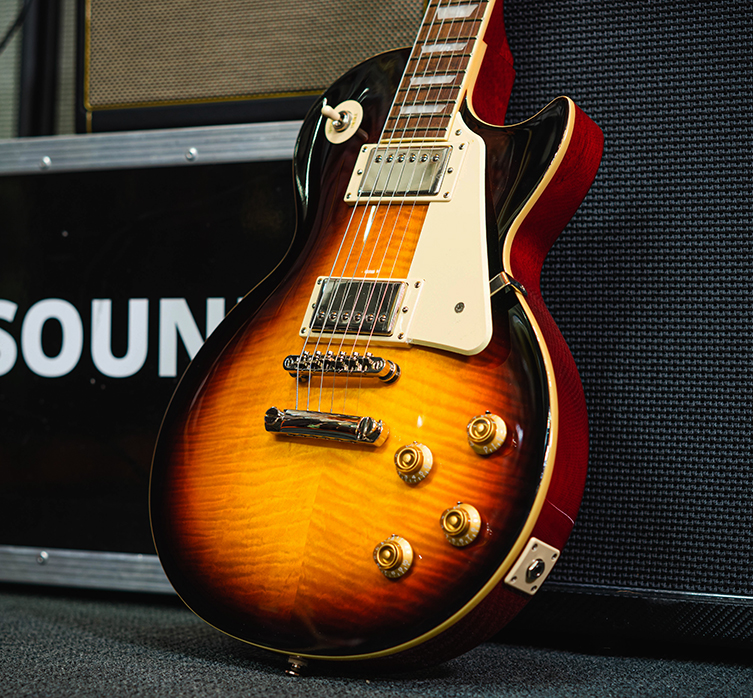
Squier Classic Vibe Thinline Tele
Anyone who gets snobby about Squier guitars these days is crazy. Plug in any of their vintage-inspired Classic Vibe instruments and you’ll be treated to a great feel and some disarmingly authentic tones, not to mention handsome looks, particularly in the case of this 60s Thinline Telecaster model!
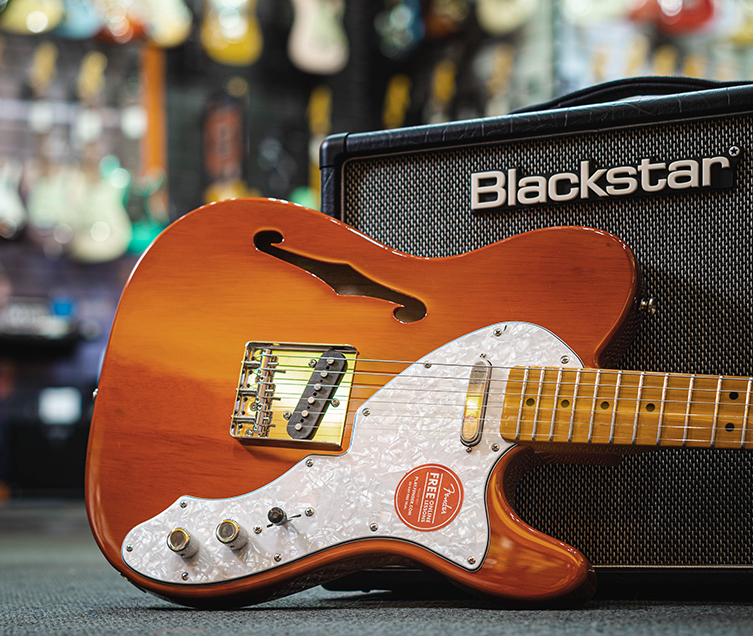
Squier have sensibly gone for a ‘half-vintage’ spec here, so there are vintage style narrow-tall frets but they are on a more modern 9.5” radius fingerboard. The semi-hollow Tele vibe is something we never tire of, and it’s a useful tonal ‘shade’ to add to your palette if all of your axes are fully solid. Classic Vibe indeed!
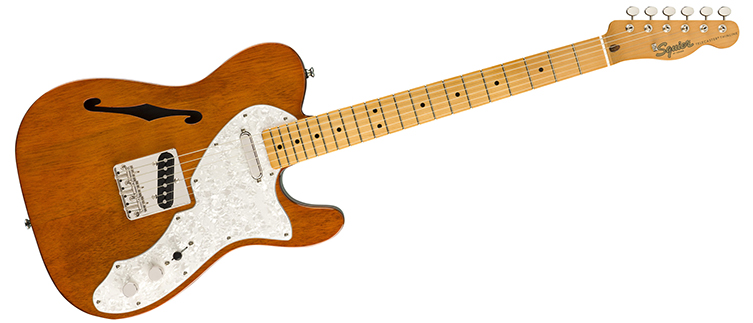
Epiphone Inspired by Gibson 335
We’re staying with the f-holes for our next choice, and, as mentioned, heading back to Epiphone for another of their newer models. When the range was updated, many brows were furrowed regarding the fate of the ‘Dot 335’ model, since it has a long history as a greatly loved best-seller. Even bona fide rock stars like Josh Homme have extolled the virtues of the Dot, so there was a real sense of trepidation in the air regarding Epiphone’s new ‘Three Thirty five’.
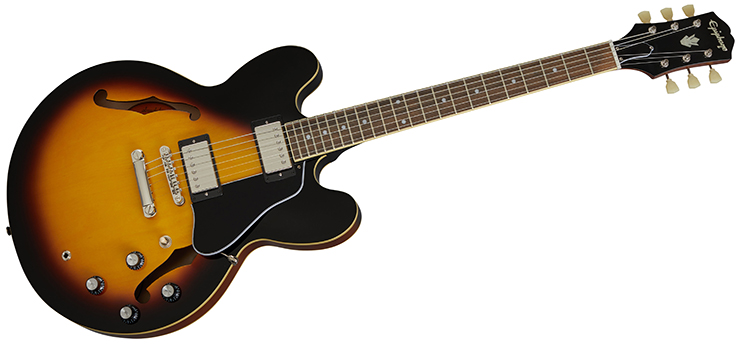
The concerns were fair but unfounded. The Epiphone Inspired by 335 is a very potent animal indeed. Ultra-playable and full of that old ‘Kalamazoo’ charm, the Epi 335 is everything you need a semi to be: warm, expressive, comfortable and confident. We mean it when we say this is a step up from the old Dot model, particularly in the neck shape and the great-sounding alnico pickups. For players who want rich heritage tones for any classic guitar genres, this is an affordable instant-classic.
EVH Wolfgang Standard
The late, great Eddie Van Halen was famous for many things, and one of those things - in industry circles at least - was his fastidious attention to detail. All of the stories about him leaving amps feeding back for entire weeks and then checking on the speakers are absolutely true, and he applied this attitude to everything created and sold by his EVH company. This means that you can bet your ass the Great Man paid a lot of attention to the Wolfgang series, even (probably particularly) the most affordable Wolfgang Standard models.

It shows. The fit and finish of these are beyond what many would expect in such an eminently affordable guitar. The specs scream no-nonsense rock, too: a baked maple neck, huge frets and a compound radius fingerboard (it flattens out the higher you get for increased shredability), along with the deliberately non-’rock’ body shape mean that you can fit this guitar into a wealth of genres whilst still getting the modern performance spec you need for elaborate gymnastics.

Also, it’s worth pointing out, even at this modest price point, that the pickups were selected, exhaustively tested and signed off by the man who created arguably the best rock tone ever known. What other guitar model but the Wolfgang can boast that?
PRS SE Standard
Another man who is known for his exacting eye for detail is Paul Reed Smith. His USA-made creations are the stuff of legend, but these Far Eastern PRS SE models consistently deliver tremendous bang for their buck, too. In particular, we’d like to highlight the SE Standard 24, which earns its name by dropping the figured maple top, (such as the Custom 24 would have) in favour of a ‘standard’ mahogany body. What remains is everything else: the great sounding 85/15 S pickups (based on Paul's own favourite pickups), the coil tapping, the 24 fret neck (which has fingerboard binding) and even the famous Bird inlays!
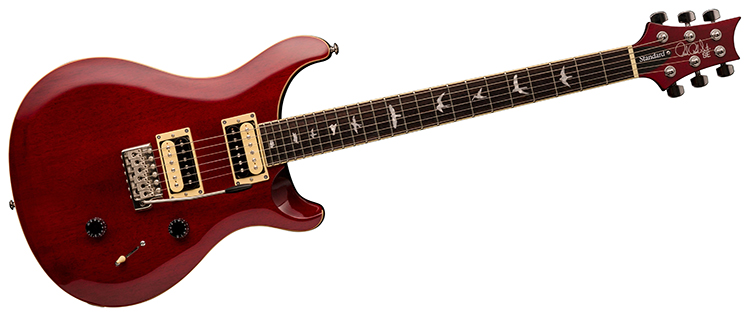
There’s pretty much no style of music that this guitar can’t capture, from the jangliest of pop to the chunkiest of rock. Even without the trademark figured maple top, these SE Standard 24’s have the brand’s inherent good looks, not to mention playability. Considering the asking price for this model in particular, we think this is one of the best buys on the market. You can have three colour choices, and today we’ve opted for the Vintage Cherry.
Eart Guitars
Eart are one of those brands who look almost too good to be true on paper. Cool designs that resemble boutique brands, premium features like stainless steel frets & roasted necks, and colour options that are more fun and bold than most brands…they certainly make a good impression!
What I can happily report is that the instruments themselves are impressive and great value for money. Whether you are looking for something traditional (such as the Eart E-335, whose inspiration is not much of a mystery) to futuristic headless designs like the very cool Eart GW-2, there’s a whole world of interesting, fresh guitars here.
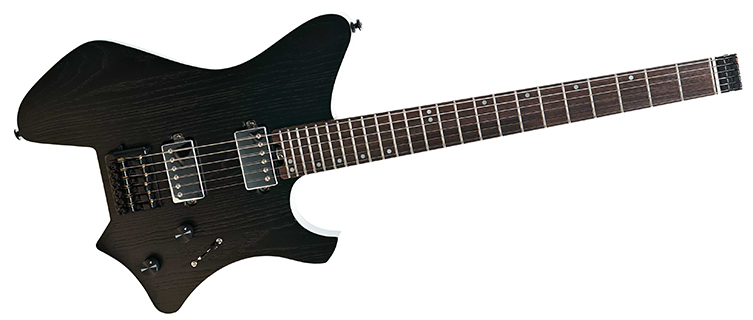
Quality is strong, and a lot of effort has been put into the feel so that these feel far more than their cost. I particularly enjoy the EART TL-380, a sleek modern T-style (available in a veritable rainbow of colours) with a great neck, two chunky humbuckers and a tremolo system. It sports a compound radius (the fingerboard flattens out gradually for comfort and playing ease) too, something you don’t often see on affordable guitars.
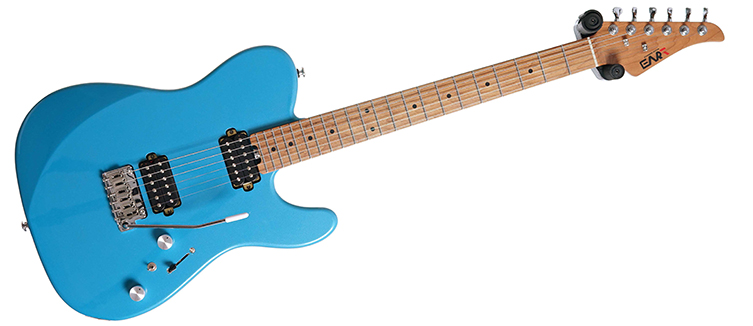
Eart are the new kid on the block, but they are certainly making their presence felt!
Music Man Sterling Intro Series
Music Man guitars are some of the best made instruments on the planet, there’s no doubt. But hand-made in California cost a lot of money, so Music Man wisely have a sister brand, Sterling, for more affordable, non-USA built guitars. This keeps the costs down by licensing the designs to a trusted third party, and whilst I’d never presume to compare them with the American guitars, they are worthy instruments in their own right.
The Music Man Sterling Intro Series guitars are Chinese-built takes on well-known Music Man designs, such as the Cutlass. These are distinctive S-types (I wouldn’t say copies since they have their own shape and vibe) with an H-S-S pickup configuration and a vintage-style tremolo. The build is solid, the feel is great and the tones are versatile, making this a very attractive proposition for the guitarists who need to cover a wide range of bases.
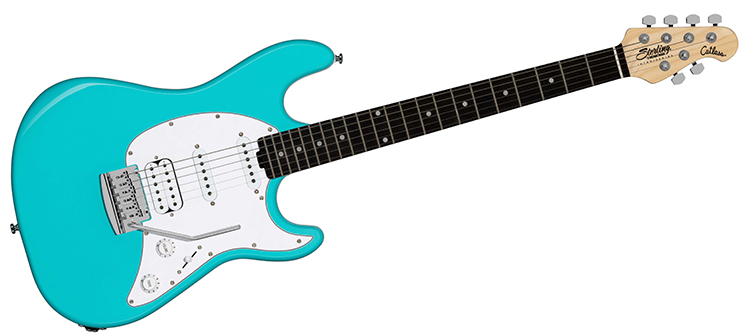
Ibanez AZ Essential
Ibanez are a top brand who have always created instruments at affordable price points, in addition to their expensive offerings. Kudos to them for not changing the brand name, either: it’s ‘Ibanez’ whether you pay £200 or £2000.
The brand’s AZ style is a relatively new take on the hot-rodded Superstrat idea (without it being as sharp-edged and as ‘rock’ as the RG range), and it’s proven popular. In order to cater to everyone, Ibanez have recently brought us the AZE range (AZ Essential), a very cost-effective collection of guitars with just the right look and spec to impress at a low price.
The softer body contours of the Ibanez AZE range still look modern, and the pastel finishes are definitely very ‘now’. A choice of pickup configurations is available (three single coils or the HSS style) and there’s actually an advanced pickup switching system included to get a wider the normal range of tones from the one instrument.
Ibanez build quality in a cool modern design that fits in at all gigs and offers more sounds than most guitars? Count me in!
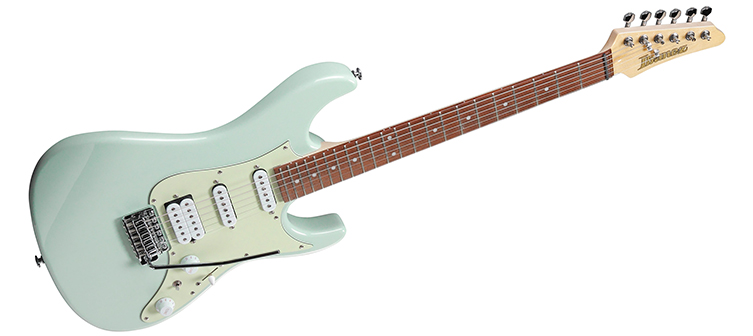
So Many More!
We wanted to include the Gretsch Streamliners, the LTD EC 256 range, the Fender Player Series and many, many more examples of high-class guitar making at highly affordable prices, but we’ve run out of room! Honourable mentions also go to Ibanez and Yamaha, who have always treated this area of the market with the respect it deserves, and to Schecter, who pile on the features for the given asking price.
The point is, there is a huge amount of choice in the New Affordable market, and quality has never been higher either! We all aspire to certain instruments, but while we are getting on our way towards them, these are great budget electric guitars we can use to make our art, and they’ve never been better.
Ray McClelland



